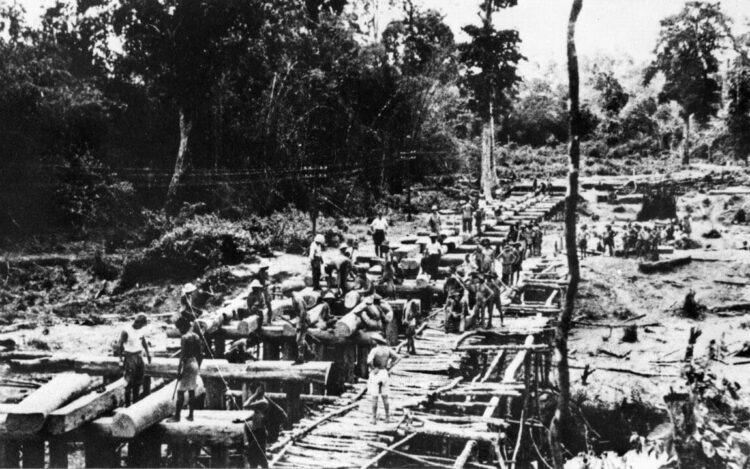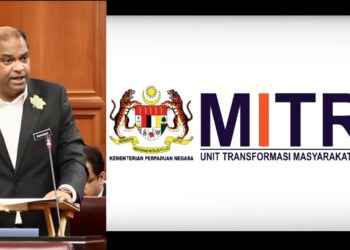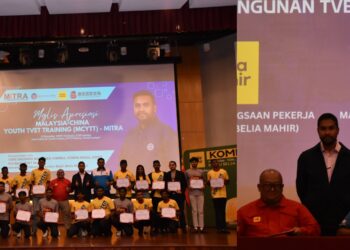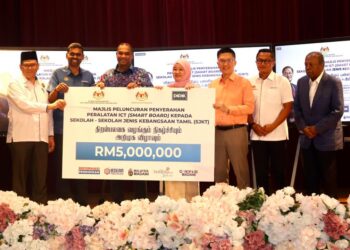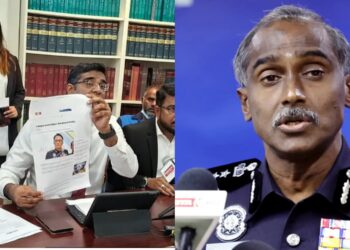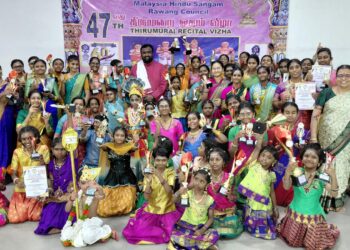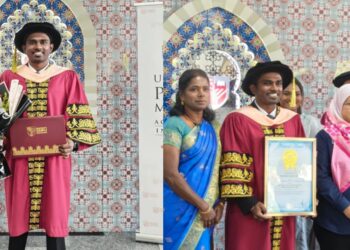During World War 2, when the Japanese, with their alliance with Hitler’s Nazi regime, began to expand their fascist powers across Southeast Asia, many horrendous and inhumane acts of brutality took place under their fight to colonise Southeast Asia and the various nationalities of these lands. One of the most gruesome acts of oppression and exploitation of the masses that even modern Malaysian history overlooks is the Siam-Burma Death Railway, which claimed up to over 100,000 lives of many labourers, a significant portion of whom were working-class Tamils.
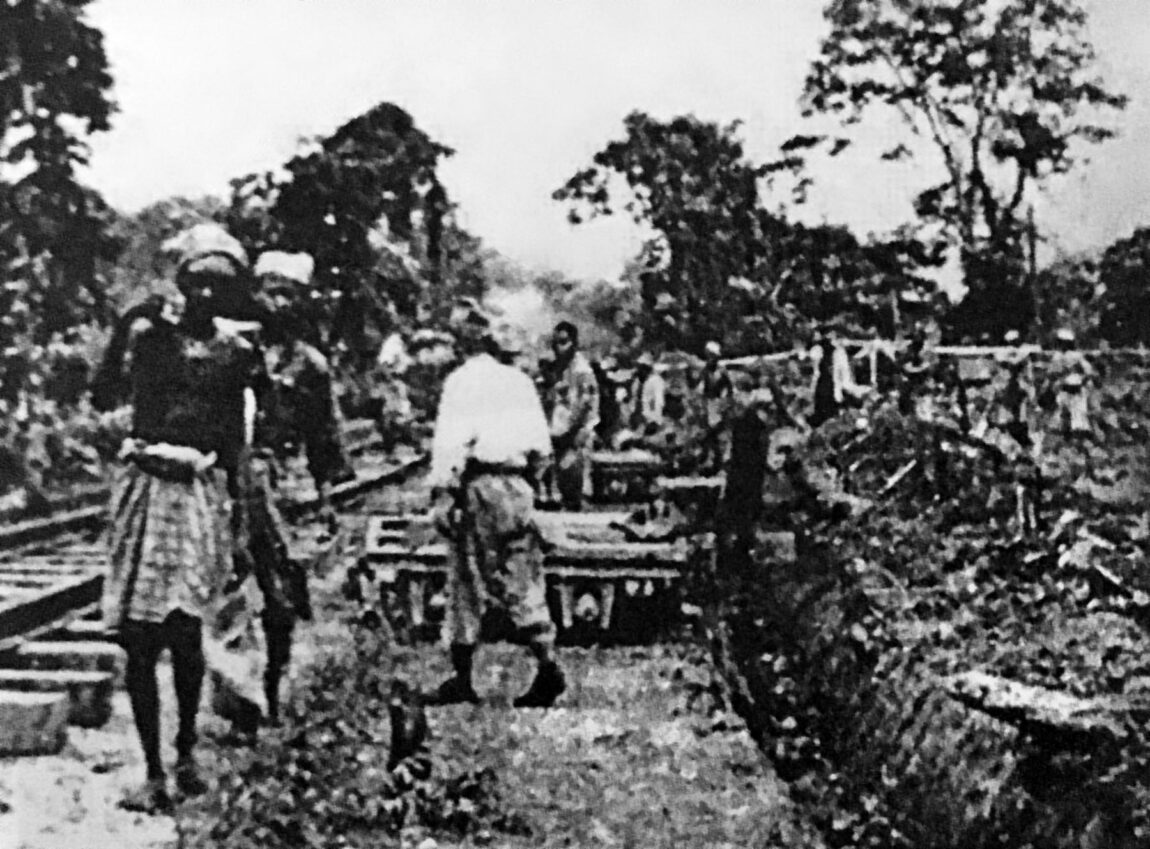
The 415-kilometre railway construction, which began in 1942, was completed on October 16, 1943. The official operations of the train would begin later in the same year, on October 25, 1943. It is estimated that about 180000 Asian labourers and 60000 prisoners of war were used as forced labourers to build this railway that would serve to establish Japanese imperialism in Southeast Asia.
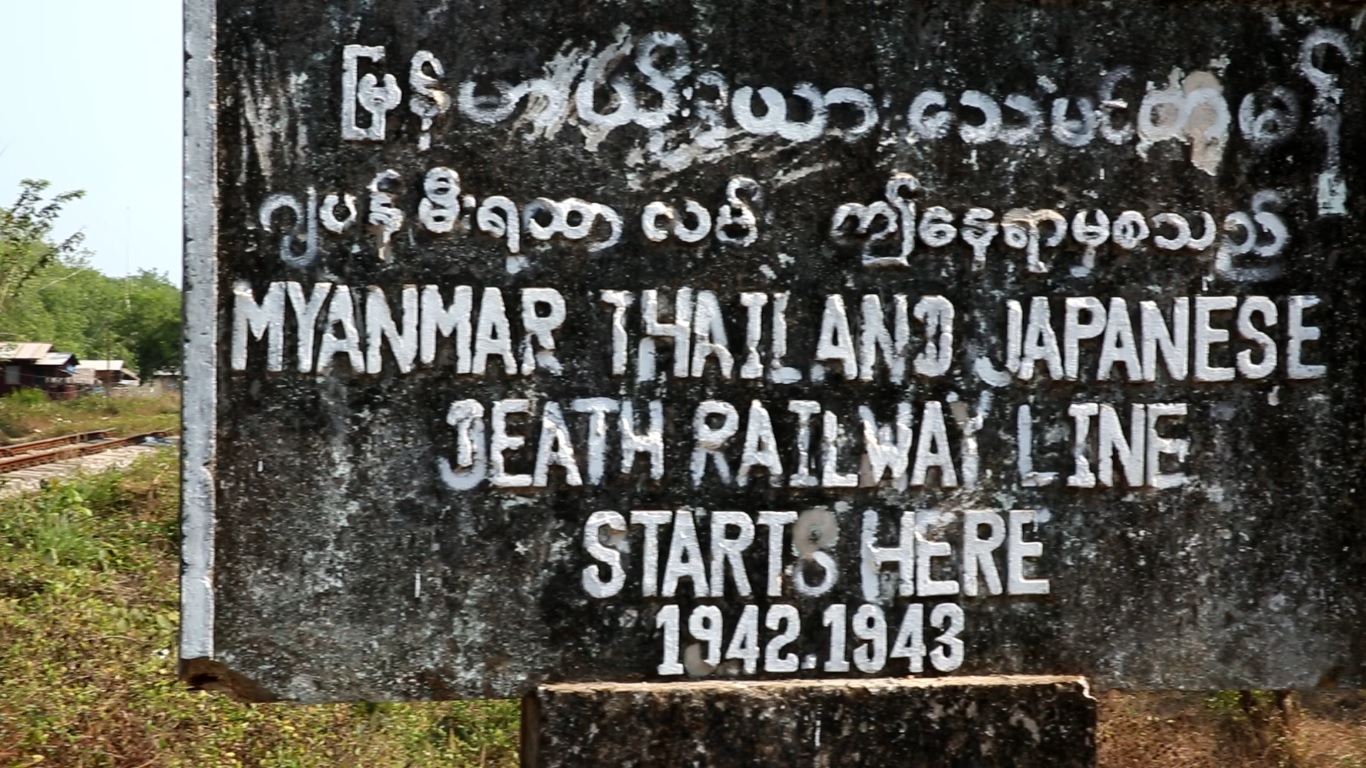
Their workers were mainly those taken from Malaya. The Burmese section of the railway was built by Burmese labourers. The Thailand portion of the railway was built using the Tamil laboueres from the rubber plantations. Along with them, there were also Javanese, Malayan Malays, Chinese, and workers from Indo-China who were used as forced labourers. But for the most part, it was Indian labourers from Malayan rubber plantations.
– Chandra Sekaran Ponnusamy, Chairman of the Death Railway Interest Group
Chandra Sekaran’s organisation has made many attempts to build a memorial that will act as a way of preserving this history that is intertwined with the lives of Malaysian Tamils, many of whom are direct descendants of those who were brutalised in this horrific event in history. Chandra Sekaran further goes on to state that the Tamils, who were victims of this inhuman act of violence by the Japanese Imperialists, still did not receive any form of formal recognition.

Chandra Sekaran shares that this day should be used as a way to spread awareness and educate the young generation and the general public on the colonial violence that Asian labourers faced at the hands of the Japanese. In order to educate the youth, Chandra Sekaran planned a 10-person group education trip to the Siam-Burma Railway. They were also joined by survivors of the tragic event and family members who had lost their loved ones to it.
Mr. Ponnambalam is a survivor of that event. The forest pathway that we took, which was the last place the rail stopped at, had a waterfall. There was a rock with inscriptions on it, which looked like something people paid respect to. It was as if the lives lost to building the railway still lingered here. We went there to commemorate the Remembrance Day and paid our respects.
– Chandra Sekaran Ponnusamy, Chairman of the Death Railway Interest Group
Till today, the railway is still operational, even though it does not complete the 415km; it covers a distance of 130km.
Source: Bernama
Follow us on Instagram, Facebook or Telegram for more updates and breaking news.


